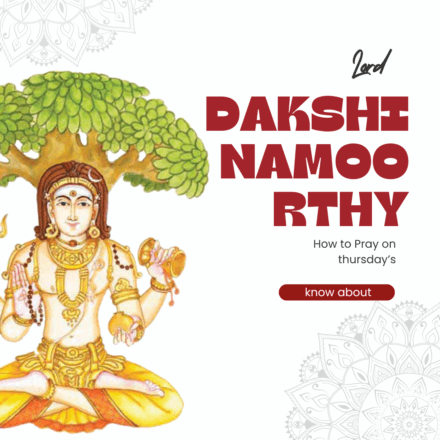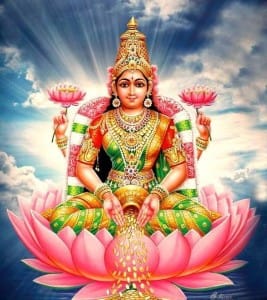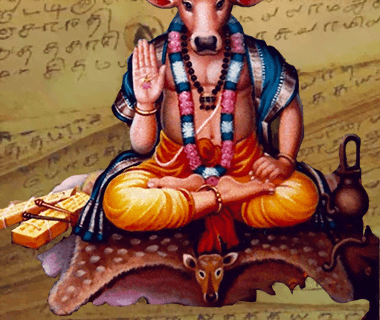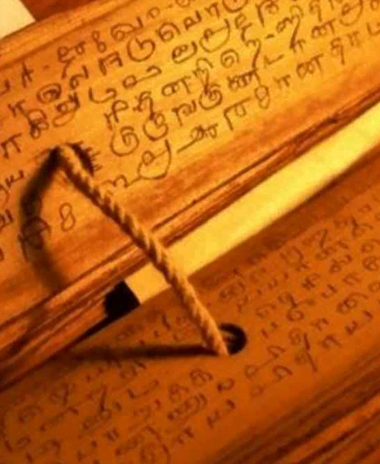
Mahashivratri 2026: Significance, Rituals & Benefits of Worshipping Lord Shiva
Introduction to Mahashivratri 2026 Mahashivratri 2025 falls on February 26, 2025, marking a spiritually significant day for devotees of Lord Shiva. It is one of the most revered Hindu festivals, symbolizing the divine cosmic dance of Shiva Tandava and the sacred union of Lord Shiva and Goddess Parvati. This auspicious night is dedicated to fasting, […]





